How many days are the worst when quitting smoking?
Introduction
Anyone who has ever tried to quit smoking knows that the first few days can be truly challenging. Quitting smoking triggers physical and psychological processes that are unfamiliar to the body. But even though nicotine withdrawal manifests itself with unpleasant symptoms, it is often only a short, particularly intense phase. In this article, we look at which days are the hardest – and how KLAIR can help you get through this time more easily.
The “tricky” days at a glance
Days 1–3
- Physical adjustment : Immediately after the last cigarette, the body begins to rid itself of nicotine and other harmful substances. This often leads to headaches, irritability, and severe fatigue. At the same time, cravings and restlessness can be very pronounced.
- Psychological cravings : Many smokers have difficulty letting go of their usual rituals (e.g. smoking with coffee).
Day 7
- After one week : The body is now largely free of nicotine, which can be quite motivating. However, around the seventh day, a strong surge of cravings can occur again, as habits continue to have an effect.
- Withdrawal symptoms : Sleep problems or mood swings may persist, but are usually somewhat less severe than in the first few days.
Day 14
- Second critical window : Two weeks after quitting smoking, many people feel like they're "over the hill"—which is generally true. But that's precisely when the danger arises of feeling too confident and trying a cigarette again "just in case."
- Positive changes : At the same time, many report that they already have more energy, perceive taste and smell more intensely and can breathe better.
Tips for perseverance
- Realistic expectations : Be aware that the first few days and weeks will be challenging. Knowing this will help you prepare mentally.
- KLAIR as relief : When the urge to smoke becomes strong, KLAIR can be a sensible, smoke-free option. It allows you to maintain the familiar sensation of inhaling while avoiding tobacco and tar.
- Avoid triggers : Try to minimize stressful situations or common smoking triggers such as alcohol or long breaks with smoking friends.
- Cultivate positivity : Remind yourself of how much you're doing to improve your health and well-being. Celebrate small achievements, like completing the first week.
- Establish new habits : Whether it's a short walk, chewing gum, or breathing exercises – find alternatives that replace reaching for a cigarette.
Conclusion
The most critical days when quitting smoking are primarily in the first week. Days 1 to 3 can be characterized by severe withdrawal symptoms , and cravings can also recur around days 7 and 14. But the better you prepare for them—whether mentally, with new routines, or a smoke-free alternative like KLAIR —the higher your chances of staying smoke-free in the long term.
Always remember: After the first few strenuous days, it will noticeably get easier. Perseverance is worth it, because every day without a cigarette brings you closer to your goal of living a healthier and freer life. Don't give up when things get tough—you have more strength than you might think!

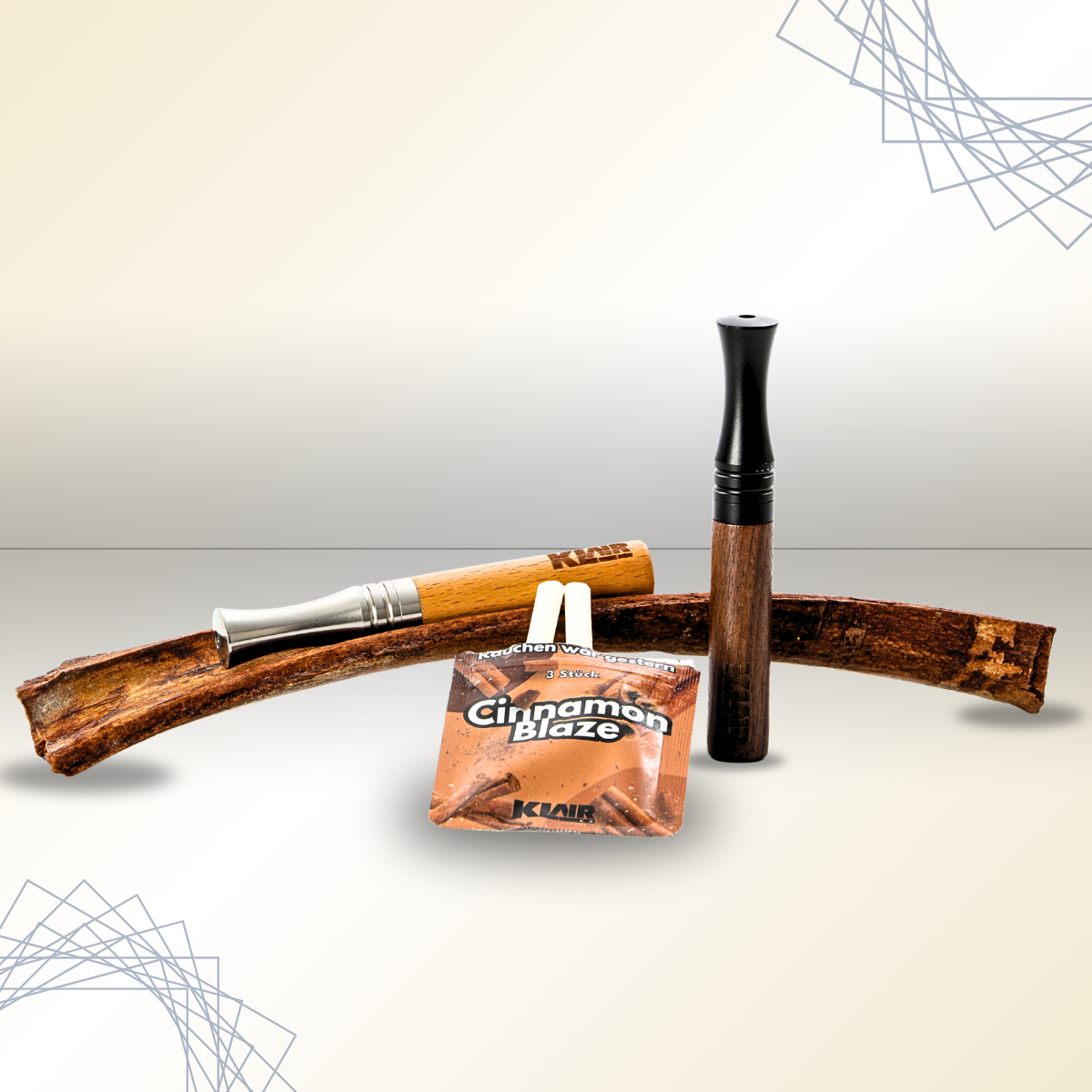

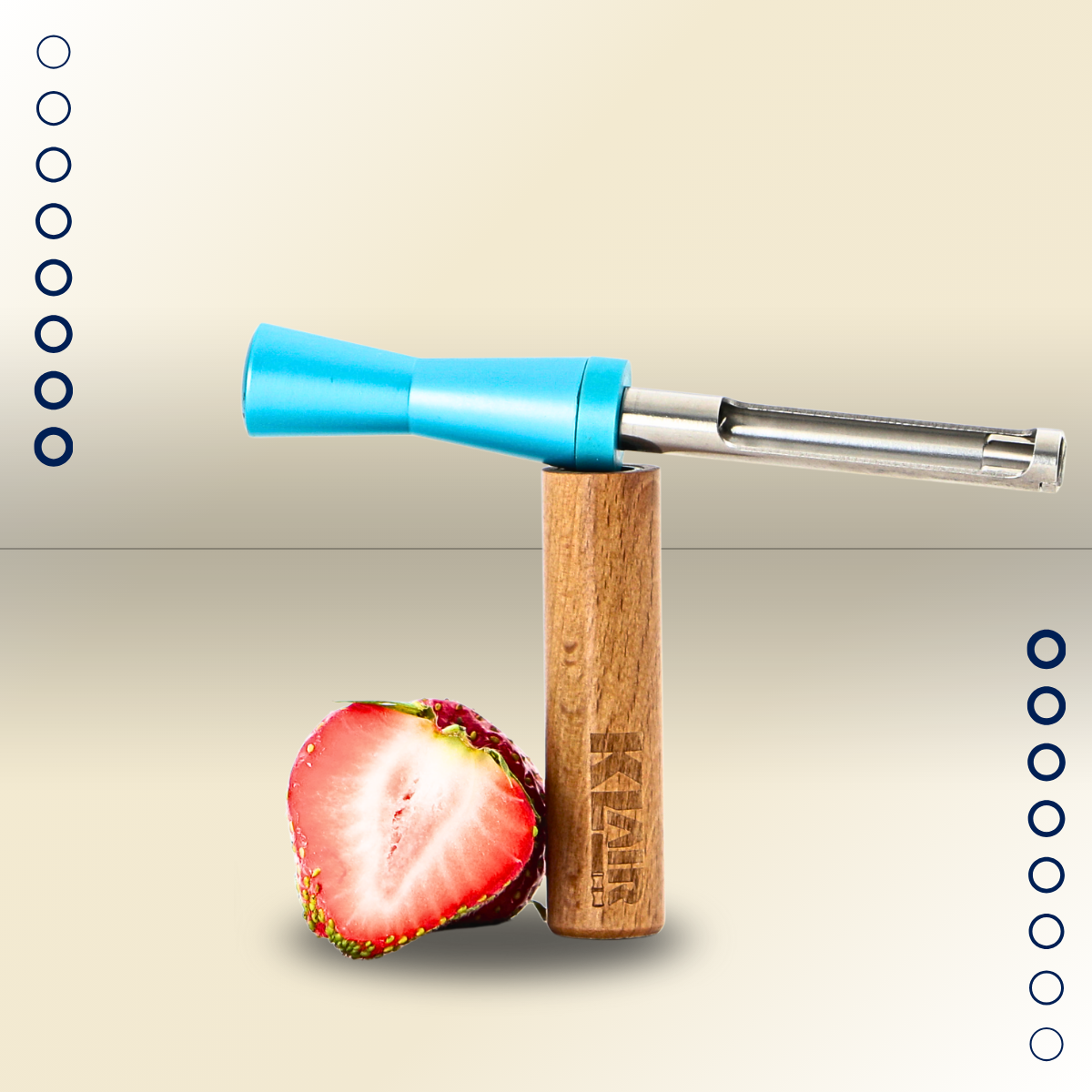

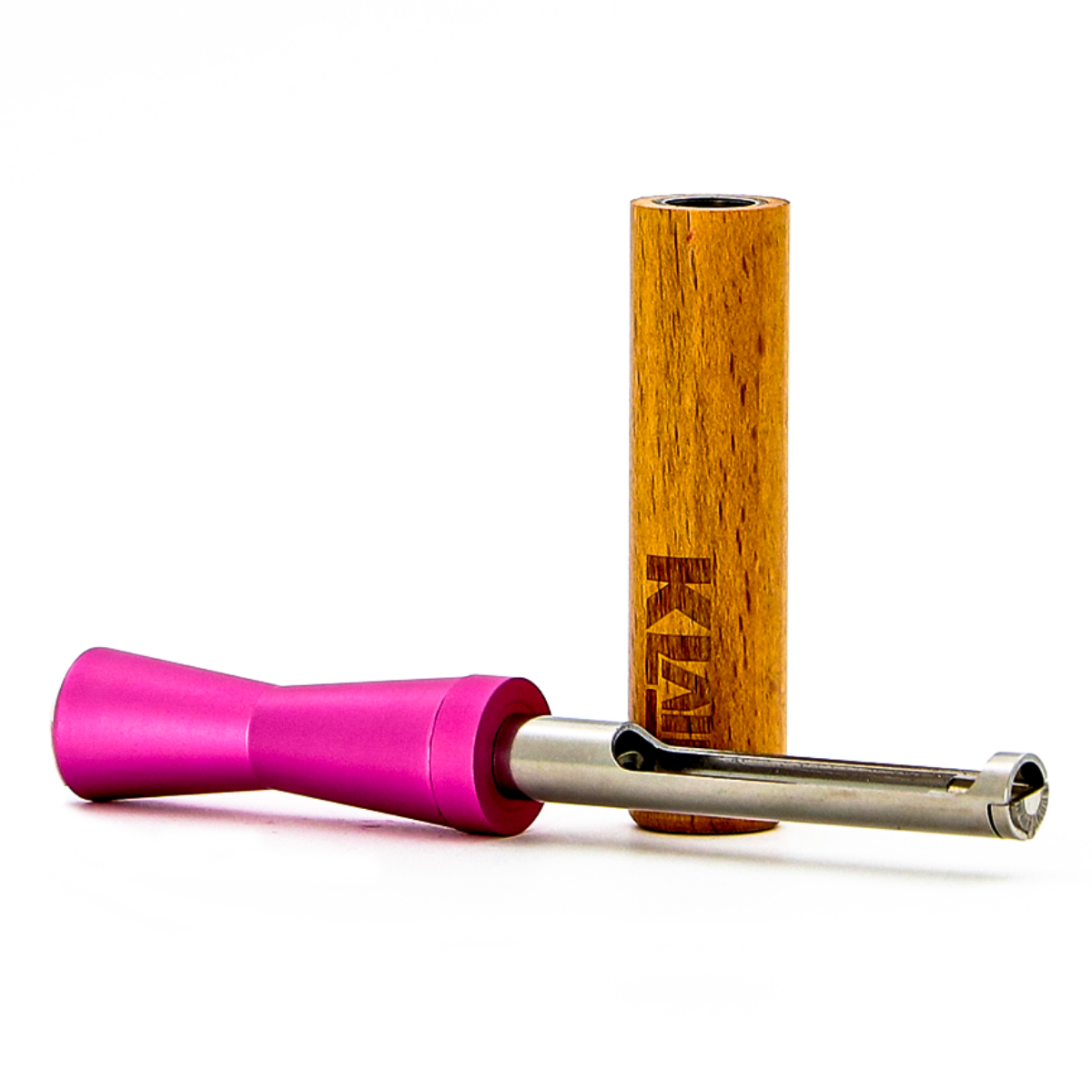

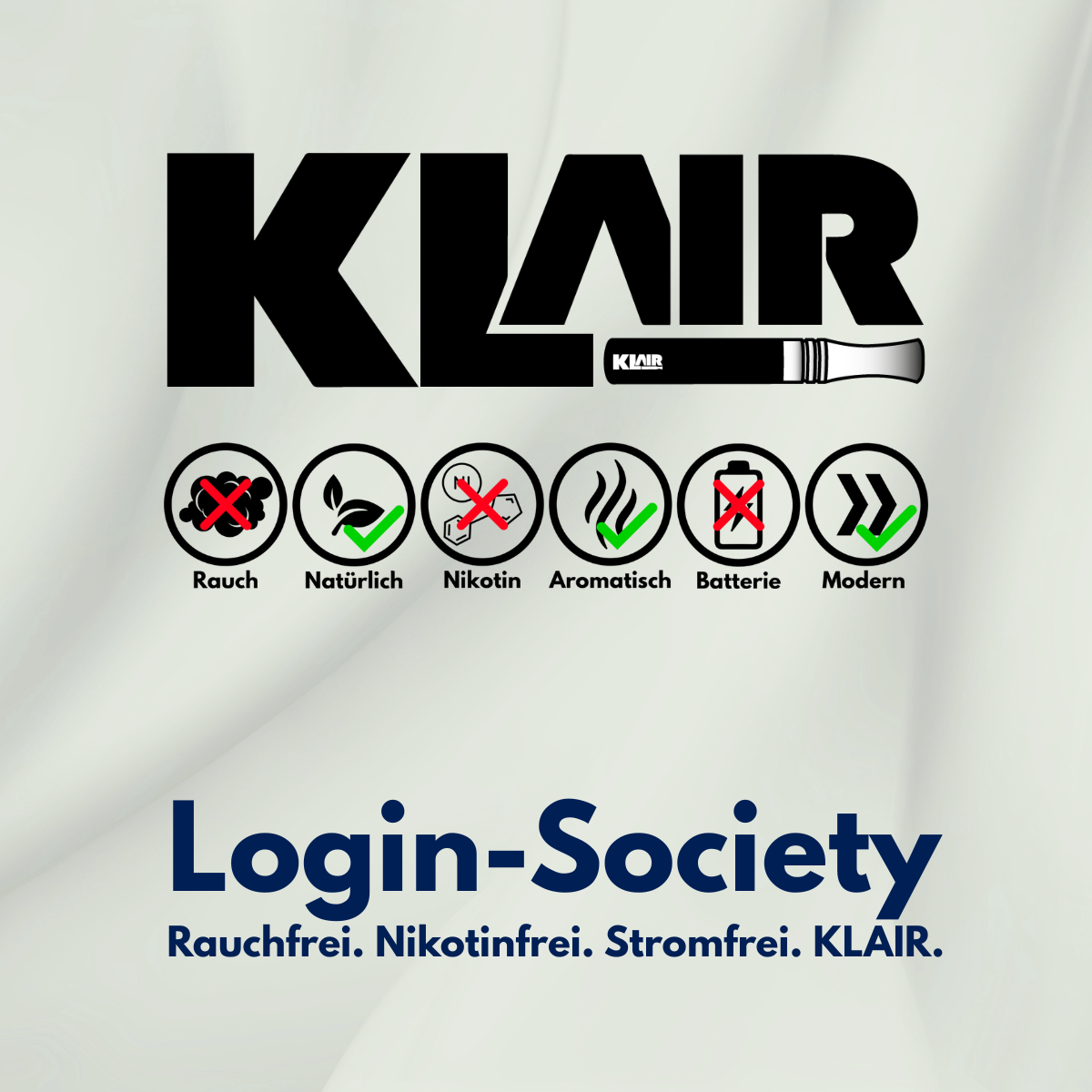
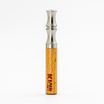
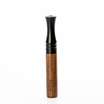
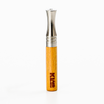

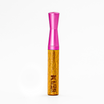
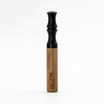









Leave a comment
All comments are moderated before being published.
This site is protected by hCaptcha and the hCaptcha Privacy Policy and Terms of Service apply.